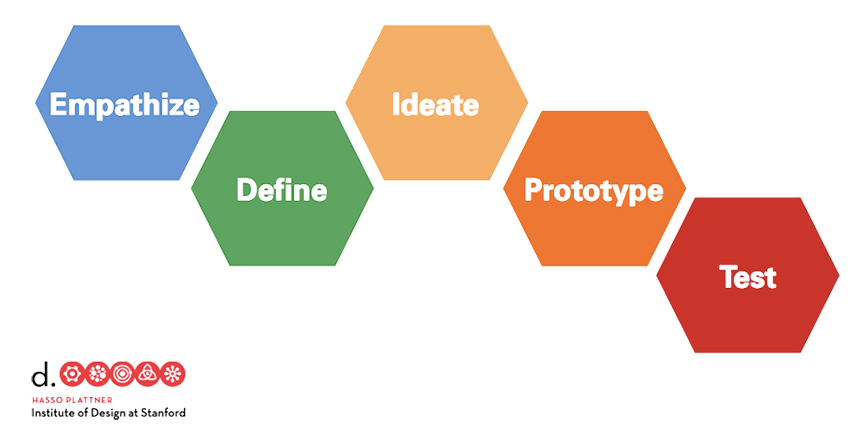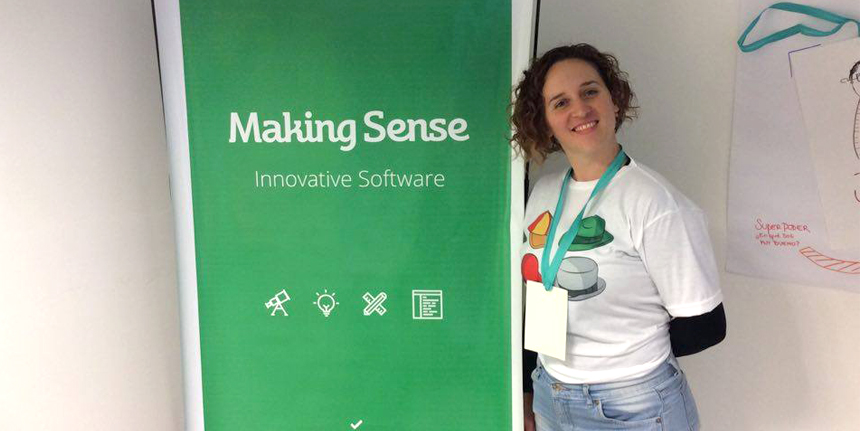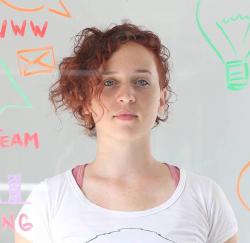This past May, Making Sense was proud to be a sponsor of Agiles Argentina 2016. The annual event takes place in a different city each year across Argentina. Lucky for me, it was in Mar del Plata this year, which of course is where Making Sense’s main offices in Argentina offices are located.
I am very excited to be a member of the Mar del Plata Agile community, and since the national gathering was in my home town this year, I was part of the event’s organizing task force. This offered lots of opportunities to exchange ideas with colleagues from all over Argentina and to learn from experienced professionals in the field. Fundraising was carried out through the popular Latin American crowdfunding network Idea.me and the event took place on Friday, May 20 and Saturday, May 21st.
Agiles Argentina 2016 is an open space event, which means speakers suggest themes at the beginning of the day and the schedule is determined accordingly, then wrapped up that very same day. Thanks to contributions from the sponsors, we were able to bring in participants from other cities. The speakers brought fascinating topics to light, so the event was considered a huge success. One expert we brought in was Juliana Bentancur, a graphic facilitator who spoke on how to synthesize a conference in a drawing. Different subjects related to agile methodologies were discussed, but topics were not limited to software development.
As a warmup for the event, we created a special page on Agiles Argentina’s website called “Proposed Sessions” where we invited all of the attendees to upload a homemade video about the session they were going to propose for the marketplace every morning during the event.
“Communication and Collaborative Work” was one session offered. Presenters were Federico Cayrol and Alfredo Alegre, also part of the Agile Mar del Plata community. This session had the goal of showing attendees the impact good communication has on the final results of a project. With that in mind, different groups had to build a “product” going through 2 completely different approaches. First, the group had to work on simulating a strict work culture were the team had to follow written instructions given by a boss to create the complete product. The only way to communicate with him was through a string phone. In the second half of role playing, the same team had to work on small iterations while processing constant oral feedback given by the “boss”. Both teamwork simulations had the same duration, with the only difference being the amount of iterations and feedback each one had during the process. As you can imagine, the results were much better in an environment with fluid communication and several iterations, having the “boss” involved in the development of the product.
Design Thinking: learning to think outside the box
I am a passionate about design thinking. I’ve taught classes in design thinking and presented at local events, universities and professional associations like ATICMA. Last year I came upon the idea (with my partner Elisa) to present the same subject at the Agiles Argentina 2016 event.
We presented “The Wallet Experience”.
The idea was to solve a problem in a creative way. The goal of the session was to truly understand what the person needs and find a new, creative solution for it. The task? The attendees had to redesign the experience of using a wallet.
We based our work on the Institute of Design at Stanford methodology (“IDEO“>, one of the most important innovation and design firms, is based on the same ideas)
To execute a design thinking process we need to cover 5 very distinct stages.

- Empathize: This is the first step, and it’s the foundation of everything we do after this point in design thinking. It is not to be confused with sympathy. We’re talking about empathy, the ability to understand the feelings of other people. There are different methodologies for empathizing in this context: interviews, workshops, card sorting, shadowing, heuristics, and more. For the wallet problem we challenged the attendees to redesign the wallet experience. We presented to each group a user whom they would interview. We suggested that each group read between the lines of the answers: go deeply, listen to people’s stories and their feelings… basically, to put themselves in their customers’/users’ shoes.
- Define: After getting to know the user, the groups needed to define the problem they had to solve so the user had a better experience with the wallet. A problem defined is half the solution: A problem well defined is a problem half-solved.” – John Dewey.
- Ideate: To solve the problem we need to generate ideas by brainstorming. Therefore, the advice we gave to the groups was to postpone judgement, promote crazy ideas, build ideas one upon another, stay focused, and be visual.
- Prototype: We need a prototype to test, since we learn by doing. The groups had to create a prototype to show the user so they could then extract feedback from him.
- Test: The users should evaluate the prototype. The groups had to show the users their prototypes without influencing their opinions and then be open and truly listen to them. The idea was to understand what happens to the user and why they say what they say. The key is to iterate this process as many times as necessary until the goal is achieved.
Conclusion

The interest and amount of attendees at this past Agiles Argentina shows that we’re starting to think different. I really enjoyed having the chance to get together with people in the same position as me, who have shared interests and who seek or offer help and learning on the way. Having the chance to meet with engaged, proactive and passionate people is something I love. It’s the same way I feel about IxDA MDQ, the Mar del Plata chapter of the Interaction Design Association, created by the UX community and which I belong to as well. We focus on generating awareness about the importance of the users and their experiences and not just from a designer point of view but as developers, content generators, psychologists and everybody involved in the creation of products and services, which at the end of the road are just experiences. With that in mind, I’m proud to announce that on July 2nd, and with Making Sense as a sponsor, IxDA will hold a free seminar on Cognitive Psychology and User Experience, given by Daniel Mordecki, a specialist in usability from Uruguay with over 18 years of experience. If you’d like to learn more and join the event, please visit http://ixdamdq.com/
As you can see, I’m very active when comes to events and activities related to agile, usability and user experience. If you’d like to learn more about the events I go to, you can follow me on Twitter or Instagram where I share a lot of what I learn. Don’t hesitate to contact me if you’d like to learn more about them!
